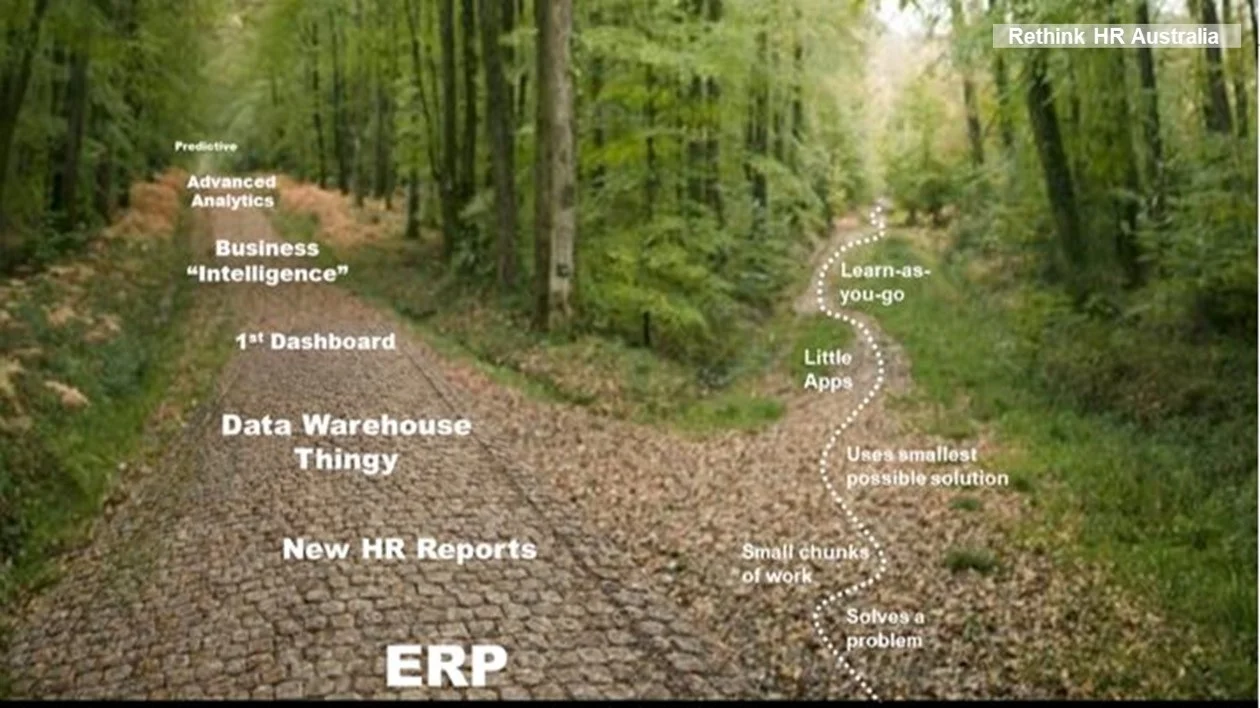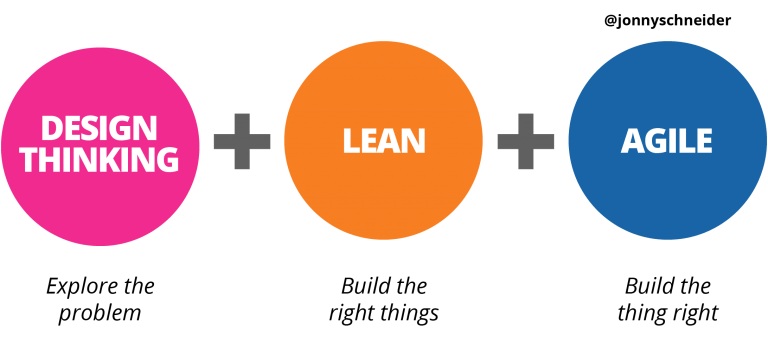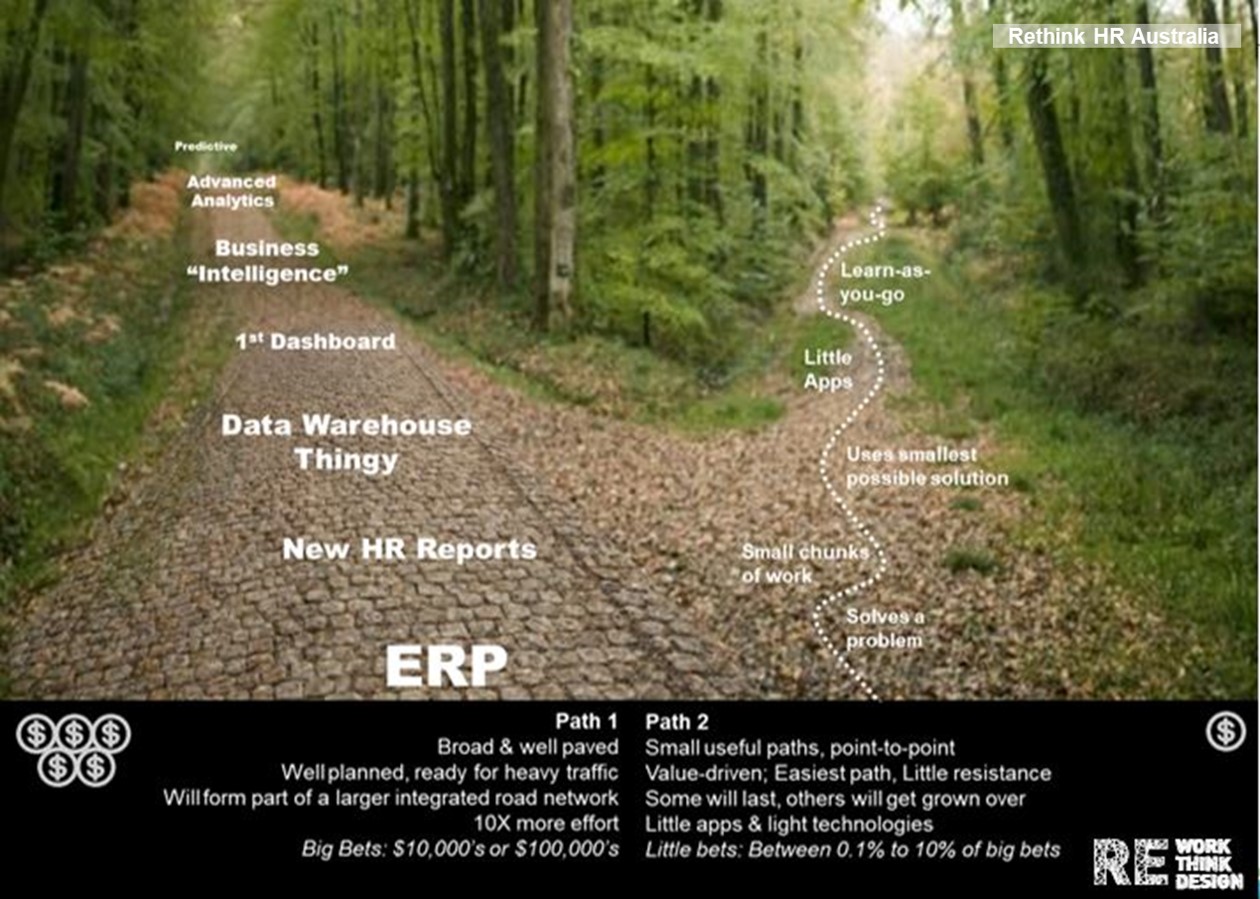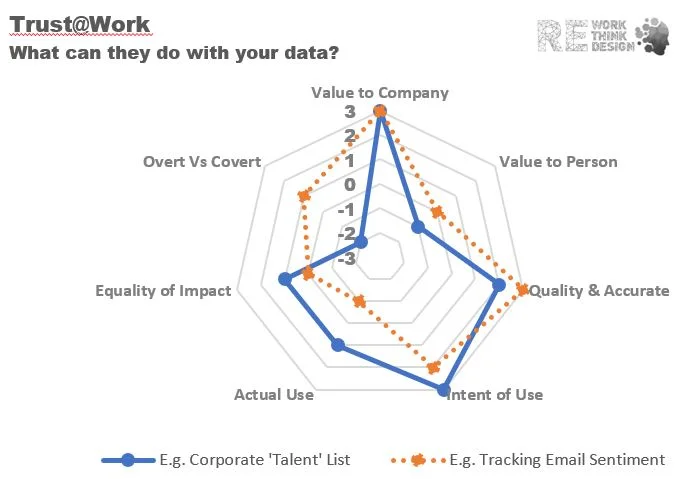Analytics: The Road Less Traveled?
The Road Not Taken tells a story of a traveller who, having a choice of two roads, chose the one less often travelled. It's a metaphor I have explored with several of my clients as they wrestle with where and how to invest, to build their capabilities.
Almost half of my work in the last few months has been with clients seeking to grow their analytics capabilities: boosting team skills, growing quality data-sets, acquiring better analytic tools and using differnt problem solving and consulting methods. For many of them Analytics is a challenging space littered with lots of hype, new products, technical detail and of course increasing business expectations.
New Ways of Thinking
Most industries are actively developing their capabilities to handle dynamic conditions, stratgic uncertainty or industry reform and disruption. Some are moving beyond this to become an innovator or force-for-change themselves.
As a result, companies have been upgrading their playbook and tools over the last decade including main-streaming of agile, bolstering design thinking and a resurgence in lean. Strategy consultants like Gartner talk about becoming 'Bi-Modal' work style. Others talk about getting clear about where you make big bets or little bets in your business. The common theme is having multiple approaches to tackle each challenge, such as those presented in the dynamic area of Analytics.
Two Pathways: Solving Problems or Complex Analysis?
Many of my clients are jaded or weary of the traditional pathway into Analytics: large-scale, expensive data projects on big platforms with a long delays until benefits are seen. They recognise that some infrastructure & data work will always be needed, but that their most succussful analytics projects have a tight focus, solve specific problems and are heavily sponsored from within their businesses.
Industry research highlights two pathways for adoption, contrasting between companies that focus on systems & complex analysis capabilities and those focus on solving business problems. Despite an almost Triple ROI on the lighter/cheaper problem-solving pathway, over six-times as many companies take the heavy/expensive pathway to build analytics capability.
This research is over 5 years old now, but many companies still haven't changed tack, or don't really know how to.
It's Rarely About the Money
On the bright side, I have worked with some exellent technology and BI/Analytics teams who have turned their analytics services into a flagship product in their company, helping to drive better decisions and a tangible performance contribution to their teams. Each finds way to capitalise on existing data & technology smartly. Each works in a lean or agile fashion using modest budget plus well as client-driven project funding. Some of their greatest successes have come from the smallest data projects.
But I have also worked with analysts, technology professional and functional managers addicted to this 'complex' pathway like it was crack-cocaine. Many product vendors and consultants propogate this 'addiction' to pitch ERP or Platform component-solutions. It's a bit like kids love of 'Lego' but each model/module costs $1million, in an ever expanding set!
Rather than promoting cheaper, problem solving pathways, many vendors and leading consultants are promoted 'maturity models' that instead link increased analytics complexity to greater business value. To combat rising cynicism, these models usually include a 'chasm' or 'break through' point - so clients just need to purchase these capabilities (Predictive, Prescriptive, Machine Learning etc) in order to become 'Advanced'.
Back to the Road Less Traveleled
Having benefited from close association with skilled technology professionals and excellent Agile coaches, I usually start with a conversation about what path way the client and their stakeholders want to take plus a retrospective about their recent efforts. I highlight the best way to use either path along with a candid view of each.
Mostly once people understand the choice, the client proceeds with a combination of the two paths, usually 1-2 pieces of critical infrastructure & data work (mostly Path 1) as well as a backlog of small, iterative data-projects to solve specific problems or answer critical business questions (Path 2).
Feedback from my clients this year is that Path 2 is much better at building the necessary human and social capital. Solving small problems tends to build peoples' confidence for bigger challenges, as well as building credibility within the business.
In particular, the learn-as-you-go approach tends to leave teams much better skilled, through a culture of on-the-job learning, collaboration, piloting and experimentation to complete each project. Change management on Path 2 is often easier due to the smaller 'chunks' of work and less need for intense 'roll-out' training and hand-over.
Several of my clients are successfully using both paths including using mini-projects address hot issues in their business while managing mid-sized infrastructure or data projects 'in the background'.
Good luck with your Analytics journey. If you want to chat about your own change pathway, please feel free to contact me.
[Originally published on LinkedIn - 13 August 2019]
--------------------------------------------------------------------------------------------------------------
Damien writes regularly about people at work and how we change. He strives to create better Australian workplaces through his company RethinkHR. He has a passion for people, evidence-based practices plus fresh thinking and design.








